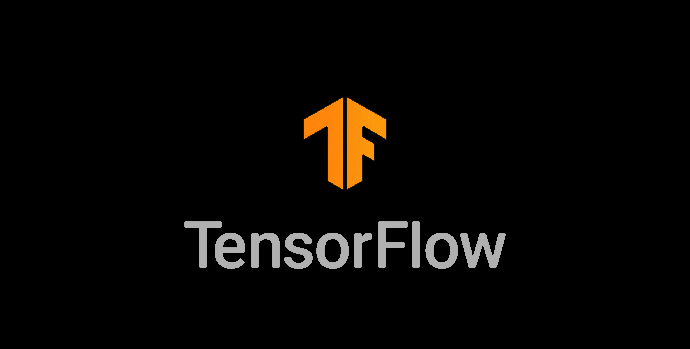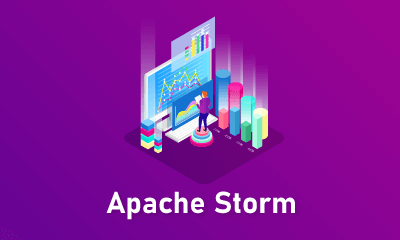1. Introduction to Data Lakes and Lakehouse Architectures
1.1 Overview of data lakes and lakehouse concepts
1.2 Key benefits and challenges of data lakes and lakehouses
1.3 Comparing data lakes, data warehouses, and lakehouses
1.4 Introduction to Databricks and its role in data lake and lakehouse architectures
2. Building Data Lakes with Databricks
2.1 Designing and implementing a data lake using Databricks
2.2 Data ingestion and integration strategies
2.3 Managing data storage with Delta Lake
2.4 Implementing data partitioning and organization for efficiency
3. Implementing Lakehouse Architectures
3.1 Understanding lakehouse architecture and its advantages
3.2 Designing and setting up a lakehouse with Databricks
3.3 Integrating data warehousing and analytics within a lakehouse
3.4 Leveraging Delta Lake for transactional and analytical workloads
4. Data Management and Governance in Data Lakes
4.1 Implementing data governance practices in a data lake
4.2 Managing data quality, metadata, and lineage
4.3 Securing data and ensuring compliance with regulatory requirements
4.4 Using Databricks tools for data cataloging and auditing
5. Data Processing and Analytics in Lakehouse Architectures
5.1 Using Databricks for large-scale data processing and analytics
5.2 Running SQL queries, machine learning models, and data transformations
5.3 Optimizing query performance and resource utilization
5.4 Implementing data pipelines and workflows within a lakehouse
6. Advanced Data Lake and Lakehouse Techniques
6.1 Handling diverse data types and formats in data lakes
6.2 Implementing data caching, indexing, and optimization strategies
6.3 Managing data lifecycle and retention policies
6.4 Scaling data lake and lakehouse environments effectively
7. Performance Tuning and Optimization
7.1 Analyzing and optimizing data lake performance
7.2 Improving query execution times and resource management
7.3 Leveraging Databricks’ performance monitoring tools
7.4 Implementing best practices for performance tuning
8. Case Studies and Real-World Applications
8.1 Case studies of successful data lake and lakehouse implementations with Databricks
8.2 Lessons learned and best practices from real-world scenarios
8.3 Innovative use cases and advanced applications of data lakes and lakehouses
8.4 Future trends and developments in data lake and lakehouse architectures
9. Final Project: Building a Data Lake and Lakehouse Solution
9.1 Designing and implementing a data lake and lakehouse using Databricks(Ref: Automating Data Pipelines with Databricks Workflows)
9.2 Setting up data ingestion, processing, and analytics pipelines
9.3 Demonstrating data management, governance, and optimization techniques
9.4 Presenting and reviewing project outcomes and architectural solutions
10. Conclusion and Next Steps
10.1 Recap of key concepts and techniques covered in the course
10.2 Additional resources for further learning and certification
10.3 Career advancement opportunities in data architecture and data engineering
10.4 Staying updated with Databricks and data architecture trends
If you are looking for customized info, Please contact us here







Reviews
There are no reviews yet.